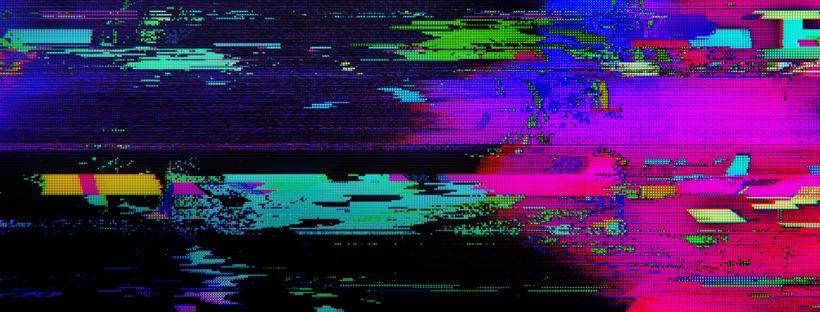I make a living on YouTube playing an anime character. Here's how I built my career and what my day is like.
www.businessinsider.com
Mint Fantme is a virtual influencer who streams for hours a day on YouTube. Maid Mint Fantome/YouTube 2025-04-03T08:34:02Z SaveSaved Read in app This story is available exclusively to Business Insider subscribers. Become an Insider and start reading now.Have an account? Mint Fantme is a virtual, anime-style influencer, with 347,000 YouTube subscribers.The virtual YouTuber, or VTuber for short, appears as a digital avatar online.The creator behind Mint took an untraditional pathway into the entertainment industry.This as-told-to essay is based on a conversation with the creator behind YouTuber Mint Fantme, a virtual influencer who appears as an anime character. Like other virtual YouTubers, the creator is anonymous online, but their identity is known to Business Insider. The conversation has been edited for length and clarity.I play a 19-year-old ghost online.My anime-style digital avatar goes by many names: Mint, Maid Mint, or Mint Fantme. I have 347,000 subscribers on YouTube where I livestream my avatar chatting, singing, and playing video games.This is my full-time career, and it has become all that I do. I'm part of a growing trend of virtual influencers, called VTubers. Like many others, my identity is anonymous.I recently joked with a friend that our jobs are like the TV show "Severance." The virtual characters we play online are like our "innies," which are the separate workplace identities of the show's characters.This character I created allows me to have a public persona online without fully sharing my personal self.I discovered virtual YouTubers several years ago. Many of those I followed were from a Japanese company called Cover Corporation, which owns one of the top VTuber agencies, Hololive.I found their content really fun to consume. Living in the US, it wasn't until Hololive put out auditions for English-speaking creatorsI auditioned, but I didn't get the role. However, through the audition process, I met some independent VTubers who inspired me. I realized you don't have to work with a huge corporation to do this work.When I started in 2020, I wanted my avatar to be completely separate from my normal self. I told no one, not even friends or family.Then, as I started to become more popular, some of my friends came across my videos and recognized my voice.I later told my mom. She still doesn't quite understand it. But she knows I've always loved Japanese culture and anime. She can't believe what she thought was a phase has evolved into my career.How I make money as a virtual influencerMost of my income comes from donations on YouTube. That's just out of people's generosity, and it's how I've been able to maintain this as a career. I also sell merchandise and promote brands through sponsorships.More and more, VTubers are infiltrating Western culture. For example, Hololive's VTubers collaborated with the Los Angeles Dodgers. I've seen other independent VTubers work with hockey teams and at other events where you maybe wouldn't expect to see an anime girl.I've performed at a couple oflive concerts, and I want to do more. At these shows, I'll dance and sing with other VTubers. Online, everybody is just a number and a username in the chat box. But with live events, I can feel a true connection.What an average day looks likeI typically try to stream for two to four hours a day on YouTube.Filming is simpler than people think. I use a phone, and there are programs like VTube Studio and VSeeFace that VTubers use to generate their avatars.I went to school for filmography, so I have some experience. But I also watch a lot of YouTube tutorials.When I first started, I streamed in my closet. It was a small walk-in closet with good sound insulation. Now, I have my own dedicated streaming room.When I'm not streaming, I create my own graphics and thumbnails. I scroll through X, where I'll post and check hashtags. I also take notes on my phone on ideas for livestreams or merchandise.It's hard for me to turn the switch off. Some creators can say they don't go online or on social media at certain times. I don't have strict boundaries like that.Instead, I log off from my job by browsing my personal Instagram and TikTok accounts, which are centered on my hobbies and interests, such as anime and Japanese culture.An alternative pathway to entertainmentThis passion for anime helped me break into the entertainment industry, which I consider virtual YouTubers part of. As in any aspect of entertainment, so much success is the luck of the draw.When I'm streaming, I'll see a number on the screen of how many people are watching. Maybe the number says 3,000, but I can't fully comprehend that 3,000 people are watching me. I know that they are people, and I know that their usernames represent a person. But even after all these years, I feel so ordinary. I don't feel like an influencer.The anonymity that comes with being a VTuber has been really great for me.I'm not a very public person. I'm very shy, and I have a lot of social anxieties. But chatting for hours a day online has really helped me come out of my comfort zone. I'm so grateful I get to do this job.Recommended video
0 Commentarios
·0 Acciones
·24 Views











